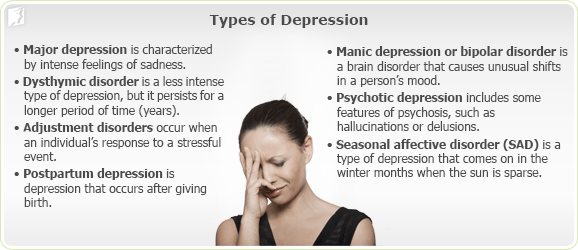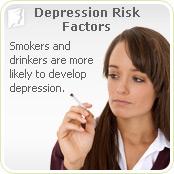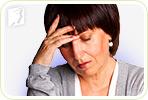Many women will experience sustained or sporadic low moods as they approach menopause. During perimenopause, the five-to-ten-year period leading up to menopause, women are four times more likely to suffer from depression than women who have not yet reached the perimenopausal stage. Up to 30% of menopausal women report feeling depressed during this time.
This puts women between the ages of forty-five and fifty-five at great risk of developing depression as their bodies go through the menopausal transition. By better understanding depression, its symptoms and its risk factors, women will be better equipped to treat this symptom early. Read on to learn more about what depression is.
What Is Depression
Depression refers to a mental state characterized by a pessimistic sense of inadequacy, feelings of sadness, and a despondent lack of activity. It can make women feel hopeless or lost. They may lack the energy or desire to get out of bed and lose interest in activities they once enjoyed.
Because depression can also be a clinical mental disorder, it's important to distinguish feelings of sadness and despondency from clinical depression.
Clinical depression is more severe than general feelings of sadness. It is a serious mental illness characterized by more than two weeks of extremely low moods that affect how a person feels, the way she thinks, and her activities. Those with clinical depression are unable to live as they once did.
Continue reading to learn more about the different types of depression.
Types of Depression
There are several types of depression, but most require a doctor's diagnosis. Some are more likely to occur in women leading up to menopause than other, such as major depression and adjustment disorder. Postpartum depression, for instance, is not associated with menopause, nor is psychotic depression. Below is a list of the different types of depression and descriptions of them.

Risk Factors
Although depression can affect any woman, there are some risk factors that make some women more susceptible than others. Here are some common risk factors that can lead to a higher likelihood of depression:
Did You Know?
Untreated depression can lead to a greater risk of heart attacks and osteoporosis.
History of depression
Women who have either previously had depression or have a family history of depression are more likely to suffer from depression during menopause than other women.
Stress
Life stresses, whether work-related, personal, or especially stress associated with menopause, can lead to a higher likelihood of depression.

Smoking or quitting cigarettes
Studies have found that smokers are more likely to develop depression as they approach menopause. Adversely, women who quit smoking during this time period are also at a higher risk because of the physical and emotional stress associated with quitting a long-time habit such as smoking.
Previous premenstrual syndrome (PMS) with mood symptoms
Women who experience symptoms of depression related to their menstrual cycles are more likely to develop symptoms with the hormonal transitions of menopause.
Surgical menopause
When women go through surgical menopause they experience a drastic and immediate decrease in estrogen production. Decrease in estrogen levels is one of the leading causes of depression during menopause. The surgery itself can put stress on a woman's body and mind, which can also lead to dips in her mood.
Now that there is a clear understanding of what depression is, it's important to continue reading about the signs and symptoms of depression, which will help to identify this symptom.
Sources
- Boyles, Salynn, and Dr. Louise Change. "Nearing Menopause? Depression a Risk". WebMD. www.webmd.com
- University Health Services.(n.d)."Clinical Depression".Retrieved from www.uhs.berkeley.edu
- University of Michigan Depression Center. (n.d)."Women and Depression: Menopause". Retrieved from www.med.umich.edu.



